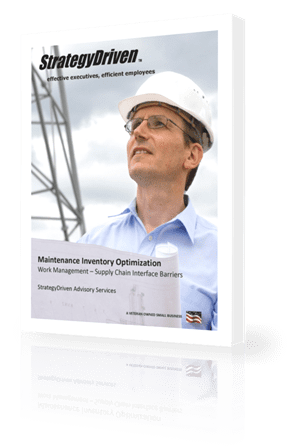Enhancing Software Quality: The Benefits of Continuous Testing
The US National Institute of Standards and Technology (NIST) reports that nearly 80% of development costs are generated by the process of identifying and correcting software defects during the development process. Needless to say, a robust testing process can significantly decrease costs companies have to bear, and continuous testing is one of the efficient ways to do it. Read this article to find out how continuous testing can transform the development process and bring value to your team.
What Is Continuous Testing?
Before exploring the advantages of continuous testing, it is necessary to understand the idea of this approach, which is an essential part of the Continuous Integration/Continuous Deployment (CI/CD) pipeline.
The goal of continuous testing is to ensure the development team receives rapid and continuous feedback on the software states. This practice requires executing tests throughout the entire process of software development with an emphasis on early bug detection. To make it possible, as a rule, continuous testing relies on automation.
Major Benefits of Continuous Testing
The list of the advantages of the continuous testing approach for companies is quite long. Here are some of the most crucial benefits.
1. Improved Software Quality
There are several critical factors that enable companies that rely on continuous testing to achieve better software quality.
Early Defect Detection
Since continuous testing starts from the early stages of development, it supports identifying bugs in software as soon as they are introduced. This, in turn, helps to resolve them more efficiently and avoid the propagation of their effects.
Increased Test Coverage
Continuous testing relying on automation can considerably enhance test coverage. Due to automation, teams can run tests for each code modification and get a more comprehensive assessment of the software.
Robust Regression Testing
Since continuous testing validates the software quality at each step of the development, this approach also enforces efficient regression testing, helping teams ensure the software’s stability is not affected by newly introduced changes.
Faster Feedback Loops
Rapid feedback on code modifications is one more essential component of continuous testing that contributes to better software quality. A more responsive workflow, which allows developers to get immediate information on how the code changes they have introduced are affecting the software, creates better opportunities for addressing issues.
2. Reduced Time-to-Market
In addition to enhanced software quality, the advantages of continuous testing described above also contribute to faster product releases. This, in turn, makes companies more responsive to market changes and increases their adaptability to newly emerging demands.
3. Cost Savings
All of the positive aspects of continuous testing described above also contribute to significant cost savings. In addition to the factors mentioned above, continuous testing can further decrease expenses by:
- Minimizing debugging costs;
- Streamlining the development process;
- Supporting efficient resource utilization;
- Preventing escalating costs;
- Decreasing downtime by ensuring software stability.
4. Support for an Adaptive Development Approach
Furthermore, employing continuous development helps companies to develop agility, which is necessary for success in the rapidly changing modern market. Through continuous testing supported by automated tools, companies can modify and update their software more easily and incur smaller costs.
The Role of Automation in Continuous Testing
While continuous testing has great value for development teams, it also requires certain effort. Tools for automated testing and reporting, such as Executive Automats, facilitate the process in the following ways:
Support for Demanding Testing Types
Some test automation tools support particularly effort-consuming testing processes that are especially difficult to perform manually. For example, Executive Automats mentioned above can streamline both regression and performance testing, which are rather complex when executed manually.
Expanded Test Scope
Automation can significantly increase test coverage and allows teams to execute tests in multiple environments and on multiple devices simultaneously, further accelerating the testing process. At the same time, automation supports scheduling of test execution, which means that teams can perform testing without human supervision during non-working hours and days, such as nighttime and weekends.
Test Analytics
Not only do test automation tools evaluate test cases through test execution, but they also monitor the performance of testing itself. Automated testing tools track the test outcomes and identify bottlenecks that can occur during the testing process.
Test Data Management
Through robust test data management, tools dedicated to test automation ensure that tests are supplied with different conditions and inputs, which is necessary for covering a broad range of scenarios.
Best Practices to Leverage All Benefits of Continuous Testing
Many practices can enhance the effectiveness and reliability of continuous testing in your company. Below are some of the most noteworthy:
- Early implementation of testing in the development process;
- Employing automated testing;
- Integration into the CI/CD pipeline;
- Using version control for test scripts;
- Prioritization of test cases related to critical processes;
- Leveraging parallelized test execution;
- Continuous monitoring and reporting;
- Regular reviews of testing efficiency;
- Fostered collaboration between testing, development, and operations teams.
Bottom Line
Continuous testing is a critical component of the success of development teams and companies relying on third-party software such as ERP and CRM systems. Widespread adoption of continuous testing not only streamlines the development process but also underscores the numerous benefits of continuous testing, ranging from improved software quality to reduced time-to-market and substantial cost savings.













Leave a Reply
Want to join the discussion?Feel free to contribute!